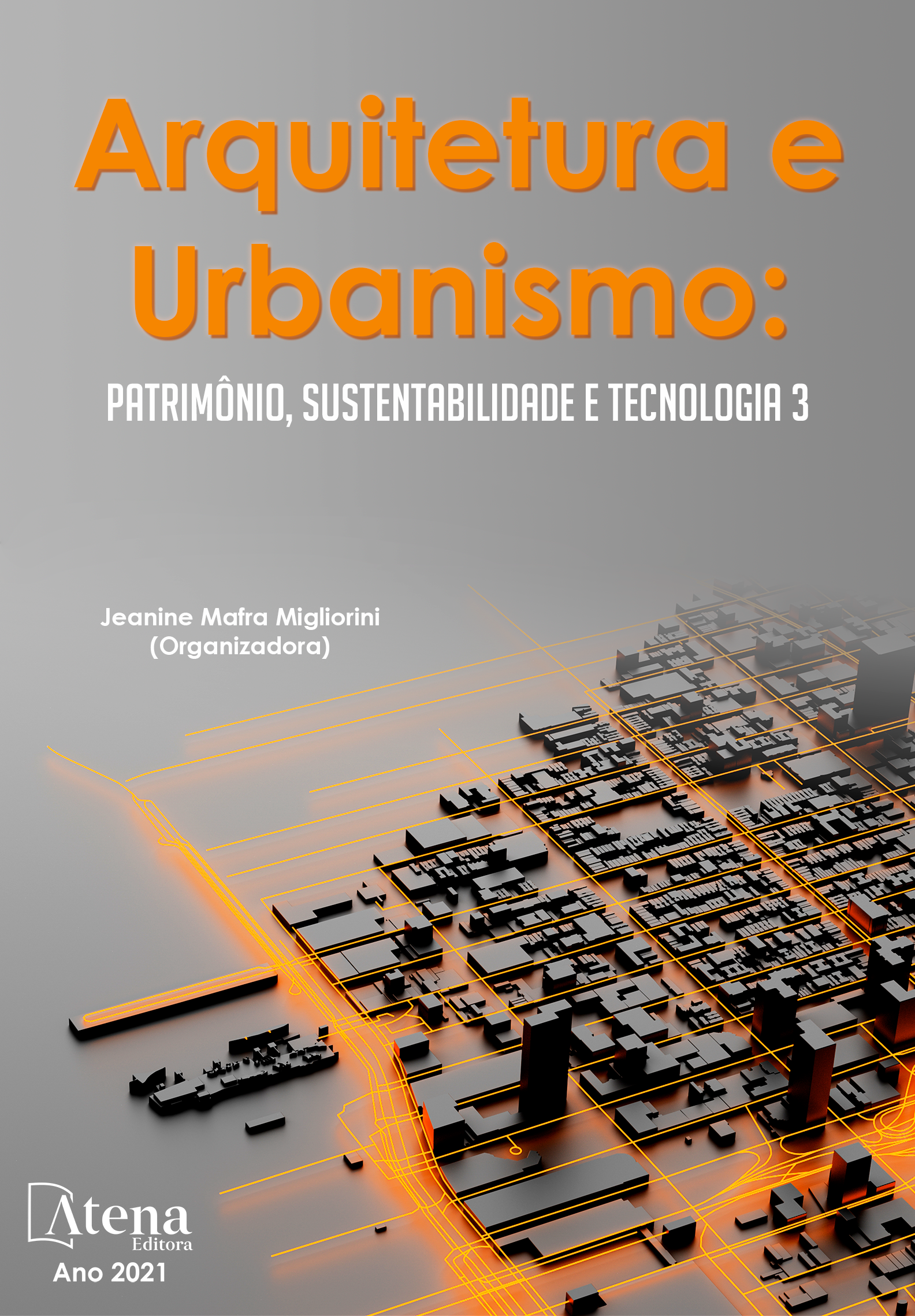
CARACTERIZAÇÃO DE PLACAS POLIMÉRICAS PRODUZIDAS A PARTIR DA APLICAÇÃO DO RESÍDUO INDUSTRIAL DE POLIURETANA TERMOFIXA E DA FIBRA VEGETAL DE COCO
Devido ao crescente interesse em compósitos reforçados por fibras naturais, visando a responsabilidade ambiental na construção civil, o objetivo deste trabalho foi substituir o uso da fibra sintética de vidro pela fibra vegetal de coco como reforço da matriz polimérica confeccionada a partir do agregado reciclado de poliuretana termofixa e da resina vegetal de mamona e verificar sua aplicação pelo setor da construção civil. Para tanto, com o auxílio de uma forma metálica e de uma prensa térmica, foram confeccionadas placas poliméricas de dimensões 250x300x9 mm a partir da incoporação do agregado reciclado de poliuretana termofixa e da resina vegetal de mamona. Para avaliar as propriedades das placas confeccionadas, foram analisadas suas propriedades mecânicas (tração e flexão), físicas (absorção em água, inchamento e densidade), térmicas (condutividade térmica), acústicas (absorção sonora) e seu desempenho contra incêndio (flamabilidade). Por fim, os resultados comparados com dados disponíveis na literatura e na normatização técnica, visando avaliar o potencial de aplicação pelo setor da construção civil. A partir disso, foi possível concluir que as placas desenvolvidas se enquadram nos requisitos estabelecidos pela normatização técnica e pela literatura, o que possibilita sua aplicação pela na construção civil.
CARACTERIZAÇÃO DE PLACAS POLIMÉRICAS PRODUZIDAS A PARTIR DA APLICAÇÃO DO RESÍDUO INDUSTRIAL DE POLIURETANA TERMOFIXA E DA FIBRA VEGETAL DE COCO
-
DOI: https://doi.org/10.22533/at.ed.1222116076
-
Palavras-chave: resíduo industrial de poliuretana termofixa, resina vegetal de mamona, fibra de coco, placa polimérica, reciclagem
-
Keywords: industrial residue of thermoset polyurethane, castor oil resin, coconut fiber, polymeric plate, recycling
-
Abstract:
Due to the growing interest in composites reinforced by natural fibers, aiming at environmental responsibility in construction, the objective of this work was to replace the use of synthetic fiber glass by vegetable coconut fiber as reinforcement of the polymer matrix made from recycled thermoset polyurethane aggregate and castor bean plant resin and verify its application in the construction sector. For this purpose, with the aid of a metallic form and a thermal press, polymeric plates of dimensions 250x300x9 mm were made from the incorporation of recycled thermoset polyurethane aggregate and castor bean plant resin. To evaluate the properties of the manufactured boards, their mechanical (tensile and bending), physical (water absorption, swelling and density), thermal (thermal conductivity), acoustic (sound absorption) and fire performance (flammability) properties were analyzed. The results were then compared with the data available in the literature and in technical standards in order to evaluate the possibility of its use in construction. Assessing the results obtained from the tests, it was possible to conclude that the performance of the board fits the standards established by normative technical specifications. Therefore, the material developed in this research can be applied in construction.
-
Número de páginas: 14
- Victor José dos Santos Baldan
- Javier Mazariegos Pablos
- Marcela Marques Costa


